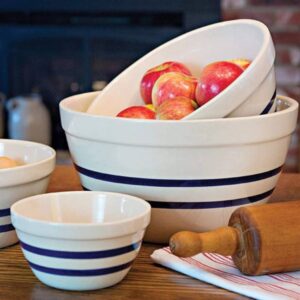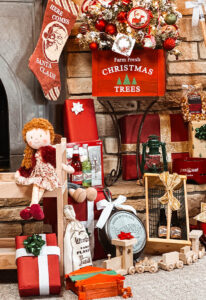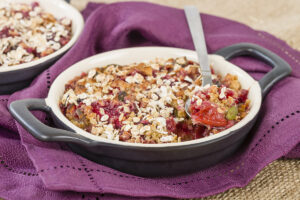
Just outside the city limits of Mansfield, Ohio, there are 13 chickens living the high life. Their coop, styled like a gypsy’s wagon (called a vardo), is custom-made from leftover lumber and other supplies. And their staff (so the chickens’ owner could be called) is having the time of her life raising this batch of roosters.
“They’re eventually going to the freezer. It’s all part of a goal to make our household as productive as I can,” says Ann. (Country Life won’t print her last name, to honor her privacy.)

The chickens are just the first step in a long-range plan of food independence. Her ultimate goal is to take the 100×100 backyard to permaculture, and to install as many productive plants as she can in the front yard.
Her home, which she shares with her partner, is on a double lot, and the entire front and back yards clock in at 1/3 of an acre.
The birds are currently sharing the yard with an extensive garden, and the rest of the menagerie: two small dogs, a very pampered cat, and on occasion, her son and daughter-in-law’s parrot and dogs. “The dogs ignore the roosters. Juju, the cat, is terrified of them! She ignores the dogs, mostly, but the roosters really freak her out.”
Ann first became interested in permaculture when she found she was becoming sensitive to many chemicals and additives. Her first steps included eating organic, by patronizing local farmers. “Now, with the roosters, I can raise, butcher and freeze three batches or so of chicken a year. It’s a big step to cleaning up our diets. I know what they’re eating, especially when the scraps are from our table.” Not only do the roosters get scraps, they also get shells from any eggs she uses. “It’s a great way to get calcium into them without using formulated feeds or supplements,” says Ann.
As most folks with chickens know, Ann points out that it’s often easier to fence the areas where you don’t want the chickens than to fence the chickens in. And she prefers her birds to be free-range. “I’ll have to fence the garden off, that’s for sure!” Until that happens, the flock and vardo have a roomy area designated by snow fence.
The rest of the yard is bordered by an 8-foot high wooden stockade privacy fence that keeps the chickens from wandering the neighborhood, and keeps any four-footed predators out. (At the time these photos of the roosters were taken, they were just about old enough to be out on their own. As of this publishing, they’re ruling the roost…pun intended.)
With a rural background, Ann’s experienced with chicken butchering, cleaning and plucking, and cooking. “We plan on getting several meals from just one bird.” (Having known Ann and Curt for years, CL can attest to their kitchen skills. Curt makes fantastic chicken stock–CL is hoping he’ll share his recipe.)
They’re looking forward to planning a week of meals from one bird, from roasting for a main meal down to making stock for soup or dumplings from the bones. This current flock of 13 can cover over 85 meals for them. At the moment, Ann’s not raising laying hens, although that is in the long-range plan.
After this first flock is done, at about four months or so, Ann will butcher them, put the bedding into the compost pile, clean out the vardo, and start again. Her goal is to have three to four flocks per year, which will be plenty of chicken for her and Curt over a 12-month period.
Along with the chicken “harvest”, Ann and Curt will also freeze and can produce from their garden, trees and bushes. Curt also makes his own cheeses, with organic milk from a local farmer. He’s repurposed old freezers and refrigerators as ‘cheese caves’.
To look at the two-story Craftsman-style house from the street, you wouldn’t know that there’s enough food production going on to feed Ann and her family. And she likes it that way. “This works for us. We’ll continue to use more and more of the yard to produce food, especially in the back…A couple of books that I’ve relied on have been Gaia’s Garden and Paradise Lot. Both take you through the process of converting your yard to permaculture step-by-step.”




























